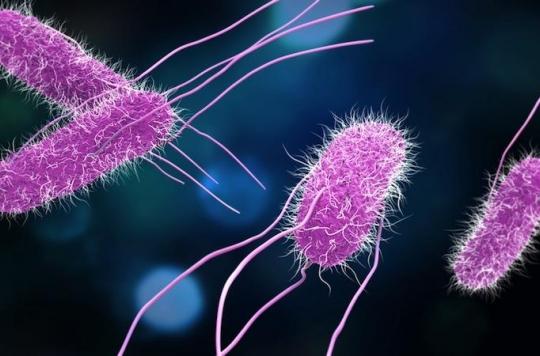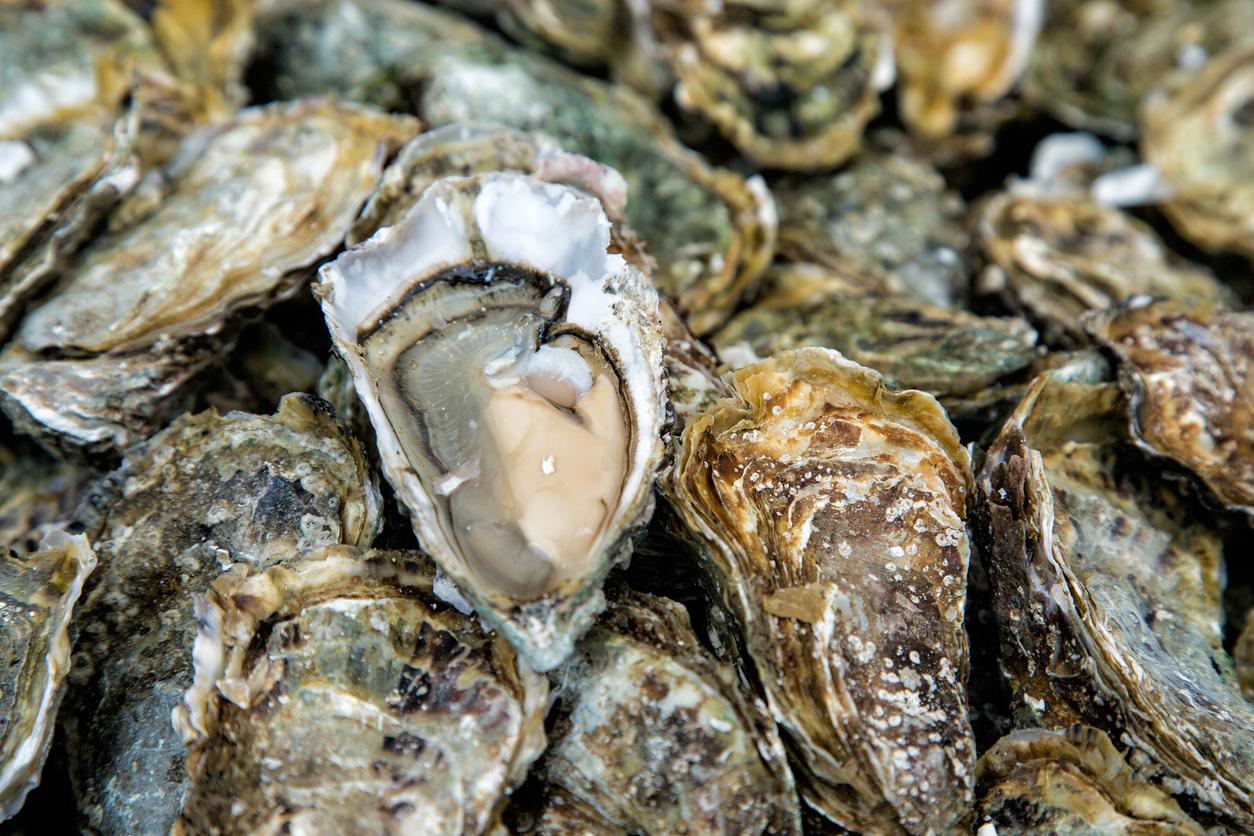Brazilian scientists have discovered that the main species of bacteria responsible for Salmonella food poisoning has significant antibiotic resistance.

A team of Brazilian scientists from the University of São Paulo directed by Juliana Pfrimer Falcão, professor at the Ribeirão Preto School of Pharmaceutical Sciences (FCFRP-USP) studied the genome of more than 90 strains of salmonella bacteria in order to measure their impact on human health and their resistance to antibiotics.
Salmonella food poisoning
Salmonellosis is a food poisoning that is characterized by the development of salmonella in the intestines, a bacterium that is found in food when hygienic conditions are not respected. The symptoms of salmonellosis are most often associated with those of food poisoning: stomach cramps, diarrhoea, nausea, vomiting… and in some cases, great fatigue and fever.
When it crosses the intestinal barrier and infiltrates the blood, salmonellosis is treated (most often) with the use of antibiotics. However, a Brazilian study published in the journal Plos One last August brought to light the resistance of salmonella bacteria to the antibiotic treatments used.
“We received samples of blood, brain abscess and human diarrheal feces,” says biologist Amanda Seribelli, who participated in the work.
Resistance of the 2 bacteria responsible for salmonellosis
By testing the action of antibiotics in each of the 90 strains studied, the scientists discovered that 39 strains of salmonella were resistant to different classes of antibiotics, including sulfa drugs, 44 (48.9%), streptomycin, 27 (30%), tetracycline, 21 (23.3%) and gentamicin, (7.8%).
Salmonella bacteria are divided into two main species: S. bongori and S. enterica. The second is the species that causes more foodborne infections than any other species in Brazil and in the world.
More specifically, the bacteria S. Typhimurium, subspecies of S. enterica are mainly responsible for cases of salmonellosis. “It is striking to note that S. Typhimurium is resistant to antibiotics which can be used to treat the disease”, emphasizes Amanda Seribelli.
A greater risk today than in the 1950s
The bacterium S. Enteritidis has been known since the 1950s. But the S. Enteritidis pandemic, which began in the late 1980s in Europe and then spread around the world, has radically changed the situation.
“This large number of resistance genes in the samples highlights the very significant risk of contamination in Brazil, but also in the rest of the world, by foods containing strains of Salmonella resistant to antimicrobials”, analyzes the biologist Fernanda Almeida, colleague of Amanda Seribelli.
In France, food poisoning, or “foodborne infections”, would represent around 1.5 million cases each year and lead to more than 17,000 hospitalizations and more than 200 deaths, according to estimates by the Public Health Agency France.
.
















